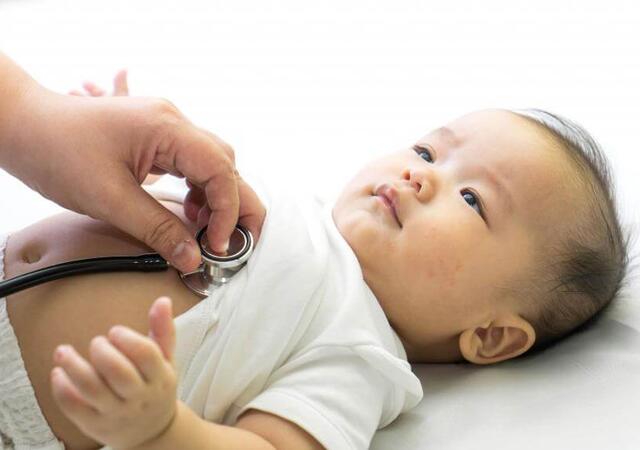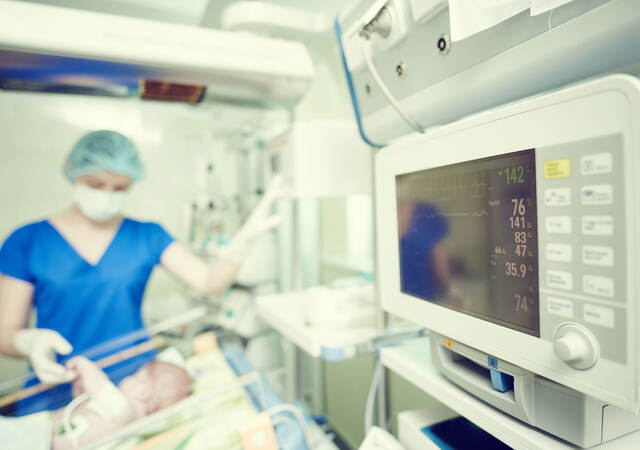July 21, 2025
By Pedro Omar Sánchez Neri
A month and seven days after an initial announcement of expanded equivalency options, COFEPRIS published another update — and it gets better!
The medical device regulator in Mexico published an update (July 18) on the equivalency agreement, rendering the prior publication (June 11) void. Nonetheless, this new agreement maintains the intent of the prior agreement, identifying key conditions and requirements. This update provides notes on the Accelerated Regulatory Pathway for drugs and medical devices, with a focus on the latter.
In the same manner as the prior publication, COFEPRIS recognizes tests and evaluation procedures carried out by Reference Regulatory Authorities (RRAs) as equivalent to its regulatory framework (General Health Law, the Health Supplies Regulations, and other applicable provisions), to allow the sale, distribution, and use of health supplies, adopting the Reliance Good Practices issued by the WHO and the activities of the International Medical Device Regulators Forum (IMDRF).
COFEPRIS identifies these RRAs as national or regional authorities, or trusted institutions, whose regulatory decisions or results of its regulatory work are used by other authorities to base their own regulatory decisions.
RRAs defined and shortened accelerated regulatory pathway
For medical devices, recognized RRAs are again defined as member countries of the Management Committee of the IMDRF and full members of the Medical Device Single Audit Program (MDSAP) for Good Manufacturing Practices Certifications.
The agreement shortens the concept of the Accelerated Regulatory Pathway, as a regulatory procedure simplified by decisions from other jurisdictions, as a byproduct of work performed by an ARR. Registrations issued through this process will have the same legal effects and obligations for its stakeholders as those issued via an ordinary health registration procedure, including technovigilance, good manufacturing, storage and distribution practices.
Requirements for registrations and medical devices
The registrations submitted under this guideline must have essential characteristics identical to those authorized by the ARR, so the product must be confirmed to be identical, verifying that all relevant aspects and associated tests and documentation match the one authorized by the ARR. Despite being authorized by more than one ARR, only one marketing authorization will be referenced for the evaluation of the registration application, with its corresponding valid documentation.
All the documentation from the ARR authorization will need to be submitted duly legalized in its country of origin and translated to Spanish by a certified translator if presented in a language other than English or Spanish. Reliance will be considered exclusively for regular ARR authorizations, excluding assessments obtained via reliance procedures, accelerated, emergency, and conditioned or court ordered approvals.
The agreement states that sanitary registration applications already submitted are not eligible.
This update states that COFEPRIS will not request additional documentation to that included in the guidelines of the current agreement. However, it is worth noting that evaluators have the capacity to determine if the information submitted to COFEPRIS is sufficient.
Application and documentation requirements for ARR
COFEPRIS has already confirmed the required documents and applicable submission key (COFEPRIS-04-050). The agreement states that the official form used for this type of submission will be published once the regulation comes into effect, although said form (FF-COFEPRIS-01) is already accessible, so perhaps an update will follow.
Nonetheless, the list of requirements already included in this agreement as follows:
Administrative-Legal documentation section
- Legal accreditation of the registration holder
- Proof of payment of fees
- Label design in Spanish by NOM-137
- IFU or user manual for marketing in Mexico
- GMP Certificate
- Free Sale Certificate issued by the RRA
- RRA Authorization for the Medical Device
- Letter of representation (when the product is not manufactured by the parent company of the applicant for registration in Mexico)
Technical information section
- Descriptive information about the medical device
- Description and specification of the main components, accessories, and formulation
- Manufacturing process summary
- Conformity assessment submitted to the ARR, evidencing its functionality and performance (process and test summaries)
- Description of primary and secondary packaging materials
- Clinical evaluation report
- Risk management report
- Certificate of analysis
- Technovigilance report
The content and quality of the technical documentation must comply with all the requirements established by the IMDRF Guidelines and standards and in accordance with the evaluation criteria applied by COFEPRIS. Furthermore, COFEPRIS will classify and group the medical devices according to its regulatory framework, regardless of the classification suggested by the RRA.
COFEPRIS expedited evaluation and COFEPRIS timeline for review
The abbreviated evaluation procedure will consider the decisions of other RRAs, which will enable COFEPRIS to perform a more expedited evaluation, provided that the applicant proves that the medical device in question is the same as one already evaluated and approved by an RRA. The regulator confirms that it will only review documentation completeness, without further evaluation scrutiny, stating that no additional documentation or information will be necessary.
The final article of this agreement indicates that COFEPRIS will have 30 business days to respond to the requests for sanitary registration of medical devices via equivalent reference regulatory authorities.
Concluding remarks
This update represents a very welcome follow-up to the previous agreement. It provides much of the necessary framework that the previous agreement lacked, confirming the regulator’s intent to focus on expedited review and true reliance.
We must bear in mind, however, that as COFEPRIS notes on the agreement, reliance does not imply dependency, confirming its administrative, technical and operational autonomy. Therefore, it will be wise to explore this new route and wait for true results as time progresses.
The current agreement will come into effect on September 1.
Request more information from our specialists
Thanks for your interest in our products and services. Let's collect some information so we can connect you with the right person.







